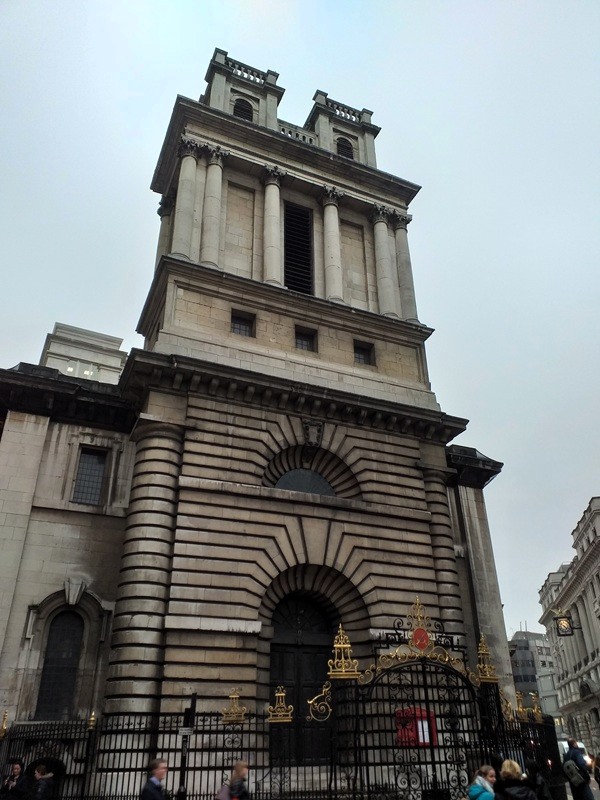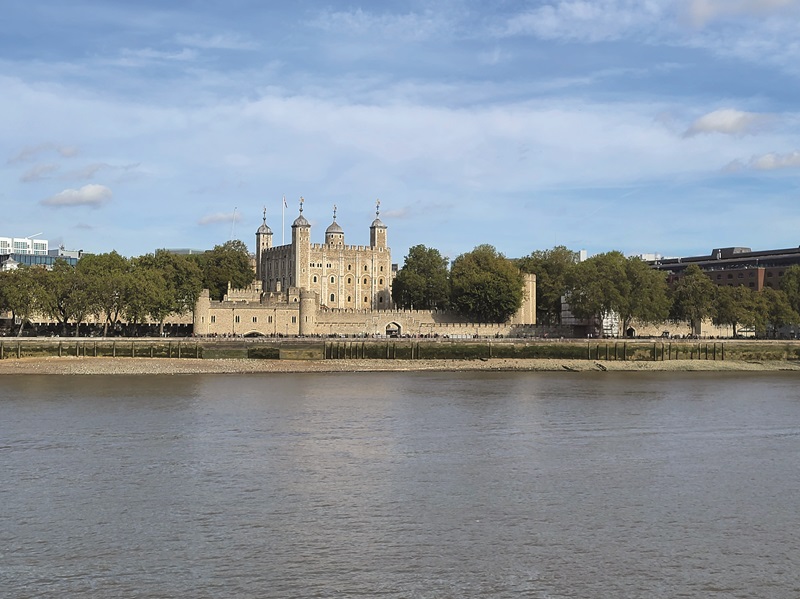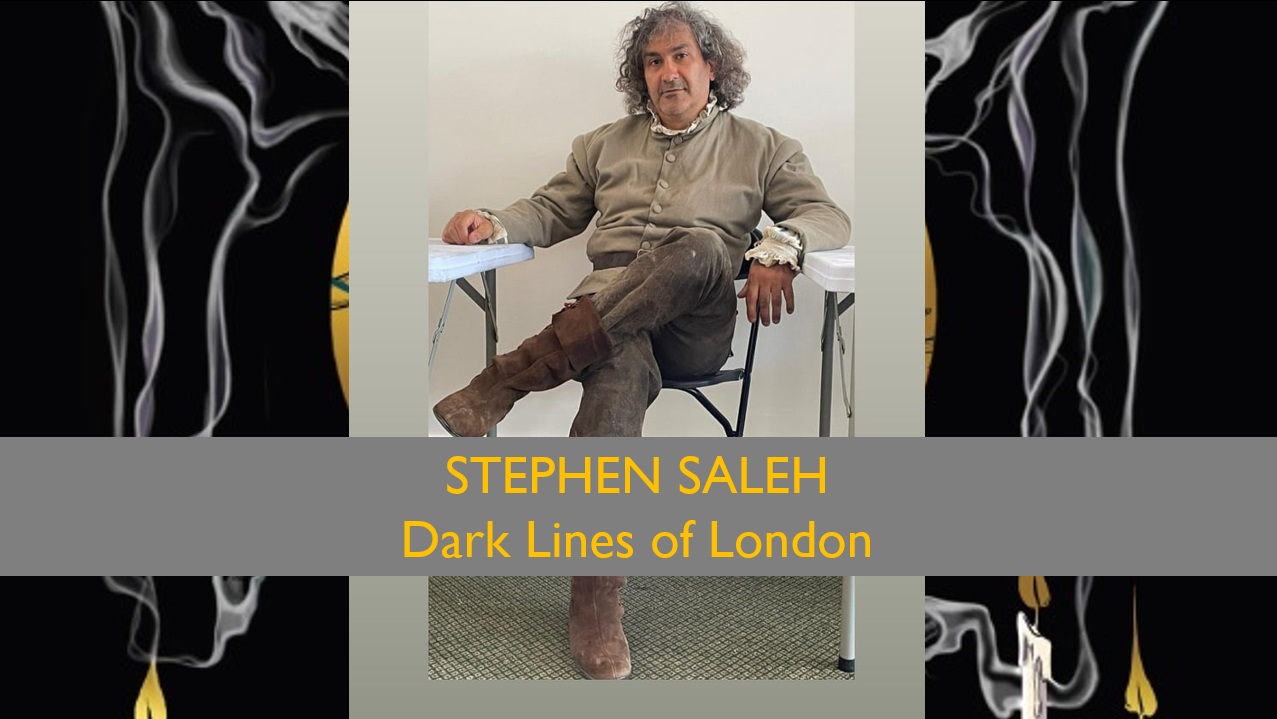by Dorothee Schröder
King William Street is a two-way street in the City of London, stretching from its northern end at the junction with Lombard Street by the church of St Mary Woolnoth, south-eastwards to the junction with Gracechurch Street and Cannon Street, very close to the Monument. It then continues south to provide access to London Bridge. Built between 1829 and 1835, the street was named after King William IV, who reigned from 1830 until his death in 1837. A statue of the king was erected there in 1844 and remained in the street until 1936, when it was moved to King William Walk in Greenwich.
In 1902, King William Street became the scene of a notorious murder. At that time, an entrance to the Lombard Street post office stood on the street, where Arthur Reginald Baker was stabbed to death by his lover, Emma “Kitty” Byron.
T. S. Eliot mentions King William Street in his famous poem The Waste Land, whose central themes are the isolation and desolation of modern life and the decline of Europe after the First World War. Lines 60–68 read:
Unreal City,
Under the brown fog of a winter dawn,
A crowd flowed over London Bridge, so many,
I had not thought death had undone so many.
Sighs, short and infrequent, were exhaled,
And each man fixed his eyes before his feet.
Flowed up the hill and down King William Street,
To where Saint Mary Woolnoth kept the hours
With a dead sound on the final stroke of nine.
When the Tube opened in 1890, it ran between Stockwell, south of the River Thames, and King William Street. After less than ten years of operation, however, the station was closed. In 1900, the City & South London Railway Company decided to extend the line further north and built a new tunnel bypassing King William Street, as the platforms at the original terminus faced the wrong direction. The surface building was demolished in 1930, but the station served as an air-raid shelter during the Second World War.
Today, King William Street lies in the financial heart of the City and is home to investment banks and other financial institutions.
In recent years, the City of London Corporation has begun transforming the street as part of the Pedestrian Priority Streets Programme. The improvements include:
More space for pedestrians, with wider pavements on both sides of the street and a narrower carriageway that is quicker and easier to cross
New seating and enhanced accessibility
Eleven trees to be planted in late 2025, with more expected to follow in phase two of the project
Raised junctions at side streets to provide a level surface, slow turning vehicles, and reinforce priority for pedestrians and wheelchair users
Raised sections of carriageway at Lombard Street and St Swithin’s Lane to slow vehicles and improve crossings
An upgraded highway drainage system
A new purpose-built inset and timed loading bay
A safer crossing on the approach to Monument, with full dropped kerbs to improve accessibility
Since 18 August 2025, cyclists have once again been permitted to travel in both directions on King William Street.
Source: City of London Corporation — Pedestrian Priority Streets Programme: King William Street
Cover picture: St Mary Woolnoth (Photographer: Philipp Röttgers)




